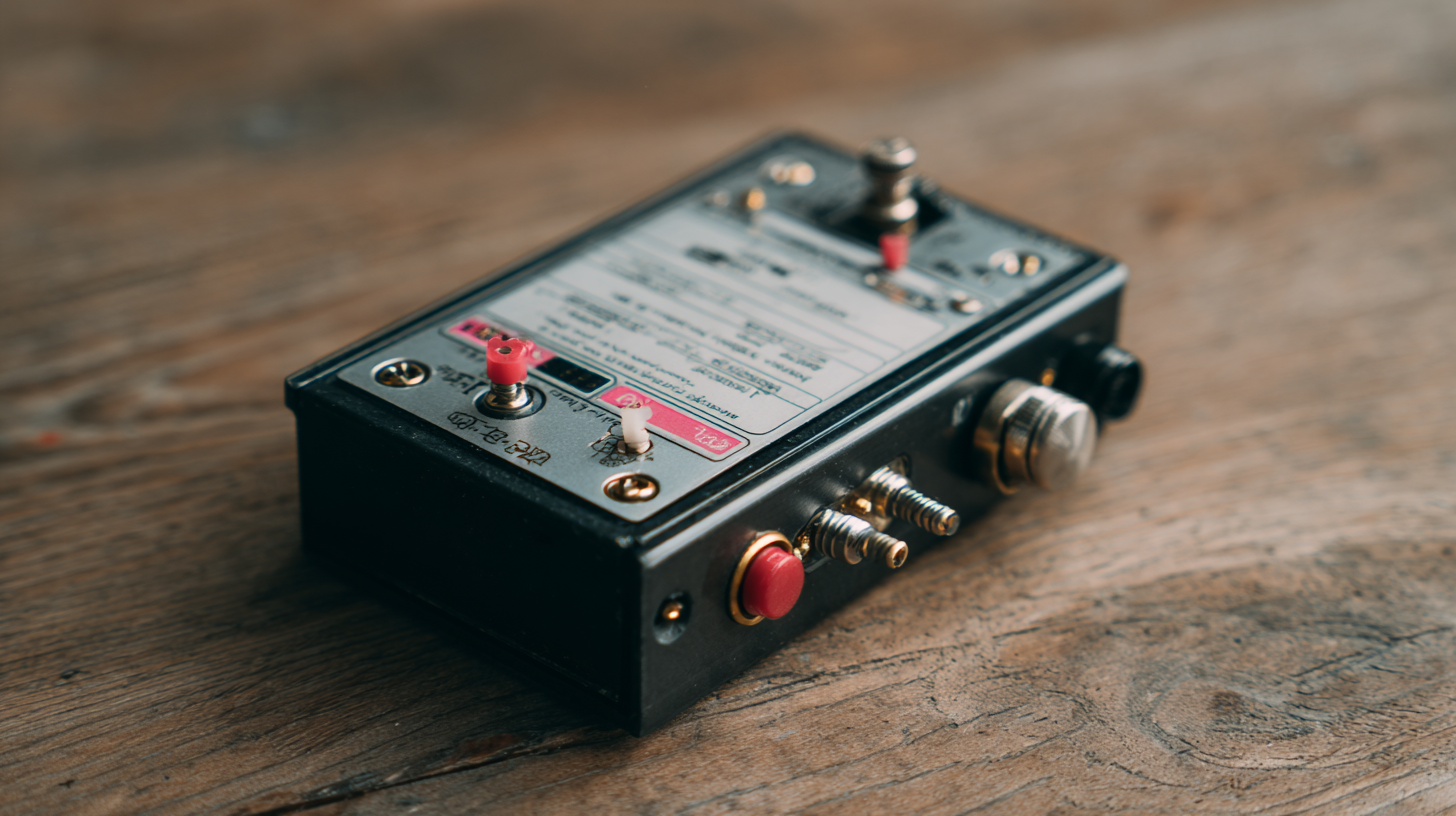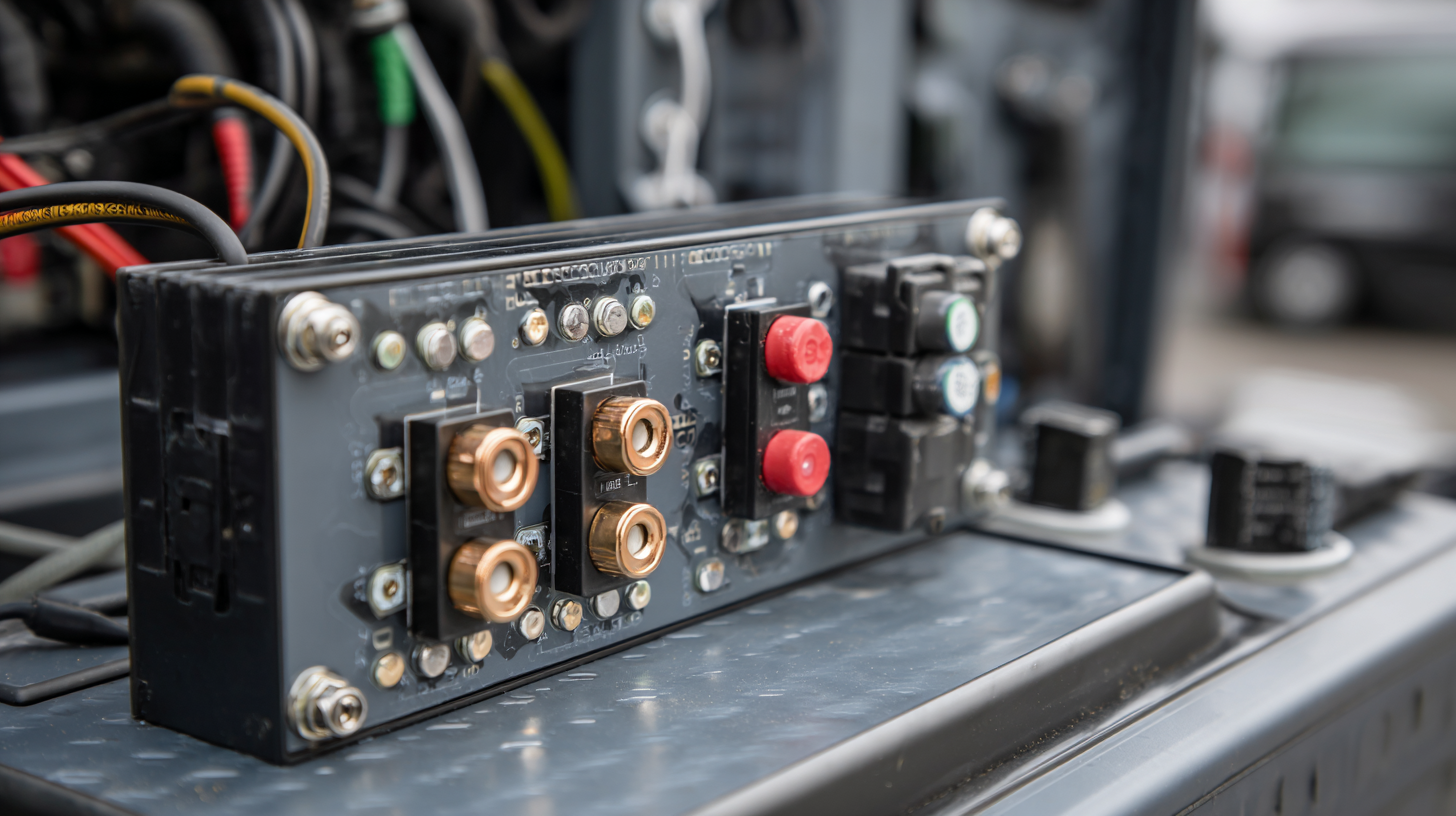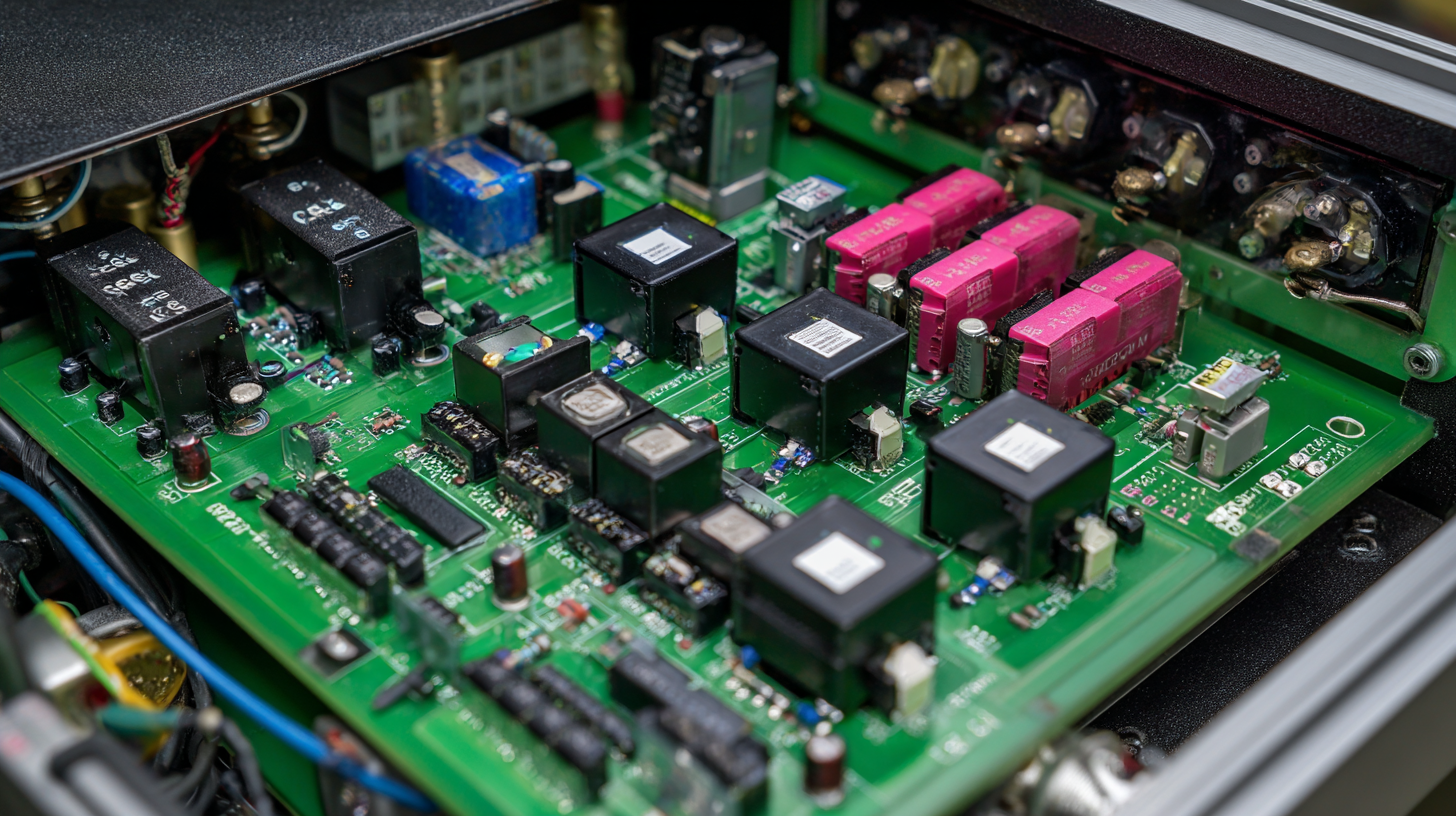In the world of modern electronics, the role of the Signal Relay cannot be overstated. As a crucial component in various applications, from automotive systems to industrial machinery, understanding the intricacies of Signal Relays can significantly enhance system performance and reliability. This blog aims to unlock the secrets of the best Signal Relay by delving into detailed technical specifications, industry production standards, and practical user guides. We will explore how these relays function, their various types, and how to select the right one for your specific needs. Additionally, we will highlight best practices for installation and maintenance, ensuring you can maximize the potential of this essential component. Whether you're an engineer, a technician, or simply an enthusiast eager to learn, this comprehensive resource will empower you with the knowledge to make informed decisions in your projects.

When selecting the right signal relay for your application, it’s crucial to consider several key features that will ensure optimal performance and reliability. First and foremost, assess the relay's contact rating to ensure that it can handle the current and voltage requirements of your circuit. Look for relays with both normally open (NO) and normally closed (NC) configurations, as this flexibility will allow you to suit various switching conditions.
Understanding the technical specifications of signal relays is crucial for selecting the right device for your application. Signal relays serve as critical components in various electronic circuits, ensuring signals are transmitted without interference. When examining these components, key specifications to consider include coil voltage, contact ratings, and switching capacity. The coil voltage determines how much power is required to activate the relay, while contact ratings indicate the maximum load the relay can handle safely.
Tips: Always check the compatibility of the relay with your system's voltage and current. Overloading a relay can lead to failure and compromise your circuit.
Additionally, pay attention to the relay's switching speed and cycle life. A relay with a high switching speed is essential for applications requiring rapid signal changes, such as in automation systems. The cycle life specification provides insight into the relay’s durability and longevity under operating conditions.
Tips: For frequent switching applications, consider opting for solid-state relays, which generally offer faster response times and longer operational life than traditional electromechanical relays.
This chart displays the signal strength in dBm for various signal relays. A stronger (less negative) dBm value indicates better performance.
When selecting the best signal relay, evaluating the manufacturer's reputation is crucial for ensuring reliability and performance. According to industry reports, companies with a proven track record often demonstrate higher product longevity and lower failure rates. For instance, data from the International Electrotechnical Commission indicates that reputable brands typically achieve a mean time between failures (MTBF) of over 100,000 hours, which significantly reduces the risk of system downtime.

Tip: Always check for industry certifications and standards compliance when researching manufacturers. Brands that adhere to ISO 9001 or IEC standards usually invest more in quality control, offering products that meet stringent performance expectations.
Furthermore, customer reviews and feedback can provide invaluable insights into a manufacturer's reliability. Platforms like Trustpilot and industry-specific forums often highlight real-world experiences, helping prospective buyers make informed decisions. Research shows that products from manufacturers with an average rating above 4.5 stars tend to have lower return rates and higher customer satisfaction.
Tip: Look for warranties and guarantees offered by manufacturers. A warranty reflects confidence in their product's performance and serves as a safety net for your investment.
When evaluating signal relay suppliers, it's crucial to have a comprehensive checklist to ensure that you're making an informed decision. Start by assessing the technical specifications of the signal relays they offer. Look for details such as the operational voltage, switching capacity, and response time. These factors play a vital role in determining the reliability and efficiency of the relays in your specific application. Make sure to ask for datasheets and any certifications that validate their performance claims.
Next, consider the supplier's reputation and experience in the industry. Research their track record with previous clients and the types of projects they have completed. A reliable supplier should provide testimonials or case studies showcasing their products in action. Additionally, evaluate their customer support services. A responsive and knowledgeable support team can significantly enhance your experience, especially if you run into technical issues or require assistance during installation. This thorough assessment will help you choose a supplier that meets your needs and ensures optimal performance from your signal relay systems.

 When selecting a signal relay, ensuring reliable customer support from suppliers is paramount. A recent industry report by TechInsights indicates that over 70% of customers prioritize post-purchase support as a critical factor in their buying decisions. Suppliers should provide comprehensive support that includes installation assistance, troubleshooting, and timely updates on product performance.
When selecting a signal relay, ensuring reliable customer support from suppliers is paramount. A recent industry report by TechInsights indicates that over 70% of customers prioritize post-purchase support as a critical factor in their buying decisions. Suppliers should provide comprehensive support that includes installation assistance, troubleshooting, and timely updates on product performance.
One effective tip for securing reliable customer support is to assess the supplier’s track record. Look for vendors with a history of positive reviews and a commitment to customer satisfaction. Establishing a clear line of communication is essential—ensure the supplier offers multiple channels for support, such as phone, email, and live chat. Another key consideration is the accessibility of technical documentation and user guides, which should be readily available and easy to understand.
Additionally, consider suppliers that offer warranty options and responsive service teams, as these factors can significantly enhance the support experience. According to a survey by Customer Engagement Solutions, suppliers that guarantee a 24/7 support line see a 20% increase in customer retention. Investing in a relay from a well-supported supplier can ultimately lead to a more reliable and efficient signal transmission system.
TradeManager
Skype
VKontakte

